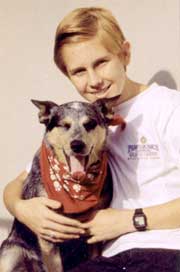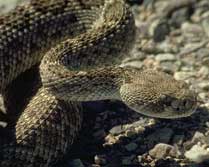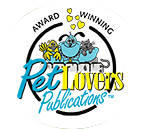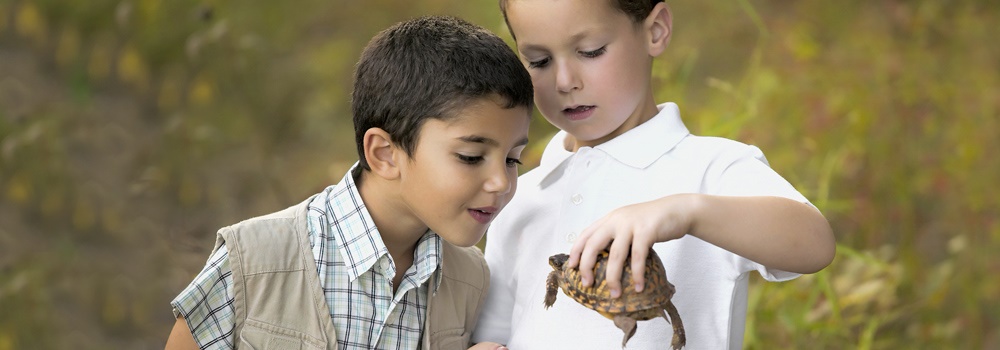A Pet Lover’s Kind Decision

Pet lovers in San Diego enjoy a wealth of resources during the lifetime of their pet. Dog beaches, pet friendly hotels, and pet babysitting are just a few of the resources available. Pet owners make many decisions during the lifetime of their beloved friends – their pets.
Fortunately, most of the decisions pet owners make are pleasant ones related to comfort, recreation, and travel. As a San Diego pet lover, it is important that you know about options when your pet experiences its last years.
Home Pet Euthanasia is an increasingly popular option for owners of pets who are suffering from disease, pain, or untreatable conditions.
Dog Owners Can Prevent Dog Bites

 Dog bite incidents continue to be headline news, especially when a tragic mauling or fatality occurs. Most dogs involved in a serious bite incident have a history of aggressive behavior that should have served as a warning. While the majority of dog bite injuries are comparatively minor, the consequences are felt by dog bite victims and dog owners alike.
Dog bite incidents continue to be headline news, especially when a tragic mauling or fatality occurs. Most dogs involved in a serious bite incident have a history of aggressive behavior that should have served as a warning. While the majority of dog bite injuries are comparatively minor, the consequences are felt by dog bite victims and dog owners alike.
Over half of dog bite victims are children. It is truly unfortunate that physical and/or emotional scars frequently mar childhood memories, which ideally should include the joy of canine companionship.
Flower Essence Remedies…Can they help your pet?

Flower Essences balance, maintain, and repair emotional and mental health in any animal. They address current crises and, equally as important, the past – replacing old, negative memories with healthy, positive thoughts. Effects on the animals’ future behavior include giving them the opportunity to learn, and to accept, co-operate with, and trust human intervention and companionship.
Veterinarians, trainers, groomers, world class competitors, rescue organizations, equine dentists, animal control officers, animal shelters and sanctuaries were all once skeptical but now use, recommend, and endorse these remedies because they have seen the incredible results helping modify behavior(s) permanently.
Getting to Know Thumper
Rabbits don’t meow, bark or speak. Well, actually, they do speak. They speak their own language. A language we humans must learn in order to communicate with them proficiently – or at the very least, to understand their behavior.
At the House Rabbit Society we get calls and e-mails nearly every day asking about a certain behavior someone’s rabbit is displaying. The human is usually confused, frustrated or simply puzzled by what her rabbit is doing. In an attempt to interpret the puzzling activity, we ask questions and listen to how the person describes the activity. This is a very important step as the human may only be describing this “annoying activity,” but not describing the situation in which it occurred – what was going on in that rabbit’s world at that moment. We ask the age of the rabbit, whether he has been spayed or neutered, how big his living space is, amount of run time each day, health of the rabbit, activity level or changes in the home, etc. All of this plays a part in the rabbit’s life and his reaction to it.
Human Foods for your Pet, The Good and the Bad

Giving your dog some of your food is very tempting and a lot of fun, but some human foods can actually harm them. In 2007, the ASPCA’s Animal Poison Control Center received more than 130,000 calls. Most cases of animal poisoning were caused by common human foods and household items.
Many foods we enjoy can be dangerous to animals. It’s best to stick to pet food and a diet recommended by your vet. Here are a few of the most toxic foods that can harm your pet:
Any food that is toxic to pets will vary in its toxicity based on your pets weight. A five pound Yorkie will be much more susceptible than a ninety pound lab.
Keeping Companion Animals Safe During Disasters

 Planning ahead is the key to keeping yourself and your companion animals safe should a disaster strike close to home. The County of San Diego Department of Animal Control wants to remind you of several simple steps that can significantly reduce the risk of harm to your pet in the event of a disaster.
Planning ahead is the key to keeping yourself and your companion animals safe should a disaster strike close to home. The County of San Diego Department of Animal Control wants to remind you of several simple steps that can significantly reduce the risk of harm to your pet in the event of a disaster.
Keeping Safe From Coyotes
Maybe you’ve seen them in your neighborhood and mistaken them for a dog. Is it a thin collie with those small pointed ears, slender muzzle and bushy tail? Is it a German Shepherd mix? Oops no! It’s a coyote! …and in spite of being hunted and trapped for more than 200 years, Wildlife Service reports that more coyotes exist today than when the U.S. Constitution was signed!
Coyotes are generally most active at night, but they can be “on the move” during the day with most sightings occurring during the hours close to sunrise and sunset. Our areas here in San Diego have reported an increase in sightings as more and more housing developments go up driving these animals from their habitats. Like myself, you may have spotted them walking right up your street in those wee morning hours and checked to make sure your pets were safely inside. I say a little prayer when this happens, but I feel it’s not the coyote’s fault for being there…it’s ours as we move more and more into former wildlife habitats.
Looking For the Ultimate Sport for You and Your Dog?

Maybe Flyball is for you! So what is Flyball? Flyball is a relay race for dogs and a team sport for both of you. A team of four dogs race against an opposing team in timed heats. The course consists of a fifty one foot runway with four jumps, spaced ten feet apart from each other. The dogs have to trigger a machine called a box and get a ball to bring back to their owner. Flyball is drag racing for dogs!
More for your Money - Best Spay / Neuter Clinics
As most pet owners already know, spaying or neutering pets before they reproduce is an effective way to control pet population growth. Spayed or neutered pets tend to live a longer, happier, and healthier life with a reduced risk of many forms of cancer, and many experts believe altered pets are less likely to roam, fight, or bite.
The County of San Diego Department of Animal Services has implemented two initiatives to help make spay/neuter surgery more affordable. First, the Department negotiated an agreement with 31 local veterinary clinics to perform spay/neuter surgeries at or below their standard fees, in return for direct referrals and listing on the Department’s website (www.sddac.com).
Snakebite Season

 April through October is rattlesnake season. The Western Diamondback rattlesnake is common to San Diego county coastal and mountain regions. Last rattlesnake season, there were hundreds of dog snake bites reported in North County alone. A rattlesnake bite is a veterinary emergency that results in serious injury or even death to thousands of dogs each year.
April through October is rattlesnake season. The Western Diamondback rattlesnake is common to San Diego county coastal and mountain regions. Last rattlesnake season, there were hundreds of dog snake bites reported in North County alone. A rattlesnake bite is a veterinary emergency that results in serious injury or even death to thousands of dogs each year.
Rattlesnake venom is a complex mixture of toxins that spreads throughout a dogs body following the bite. Recently, Red Rock Biologics has released a vaccination against the venom of the Western Diamondback (Crotalus atrox), which is now available at Carlsbad Animal Hospital.




